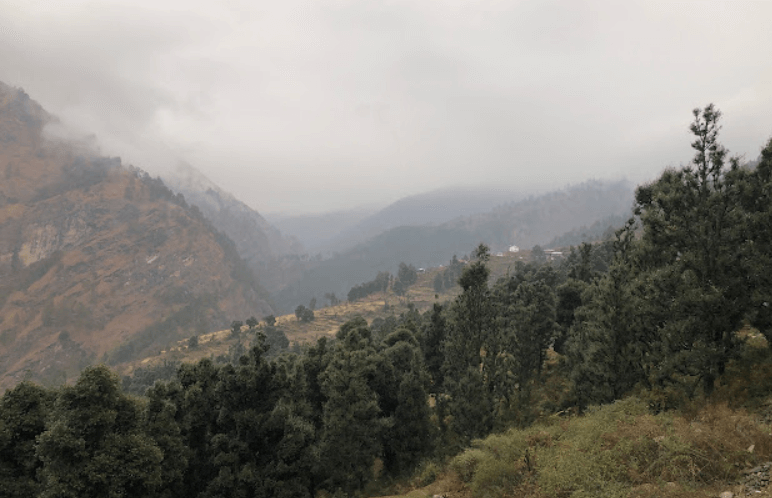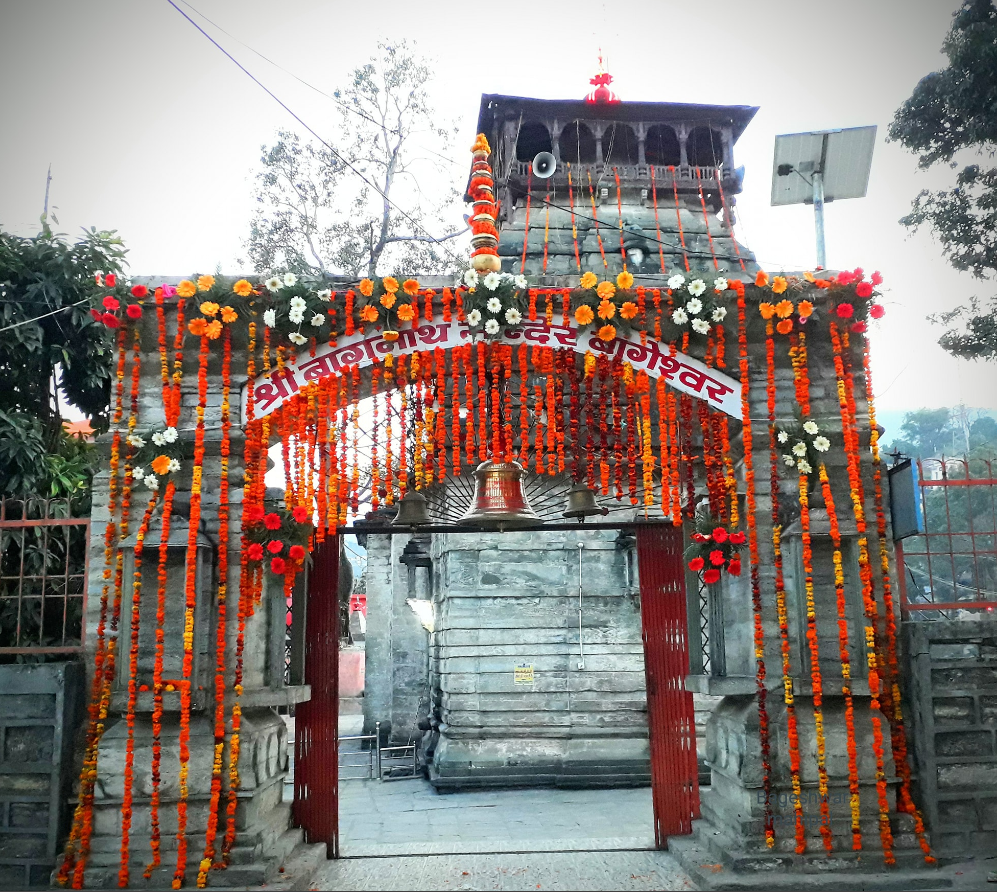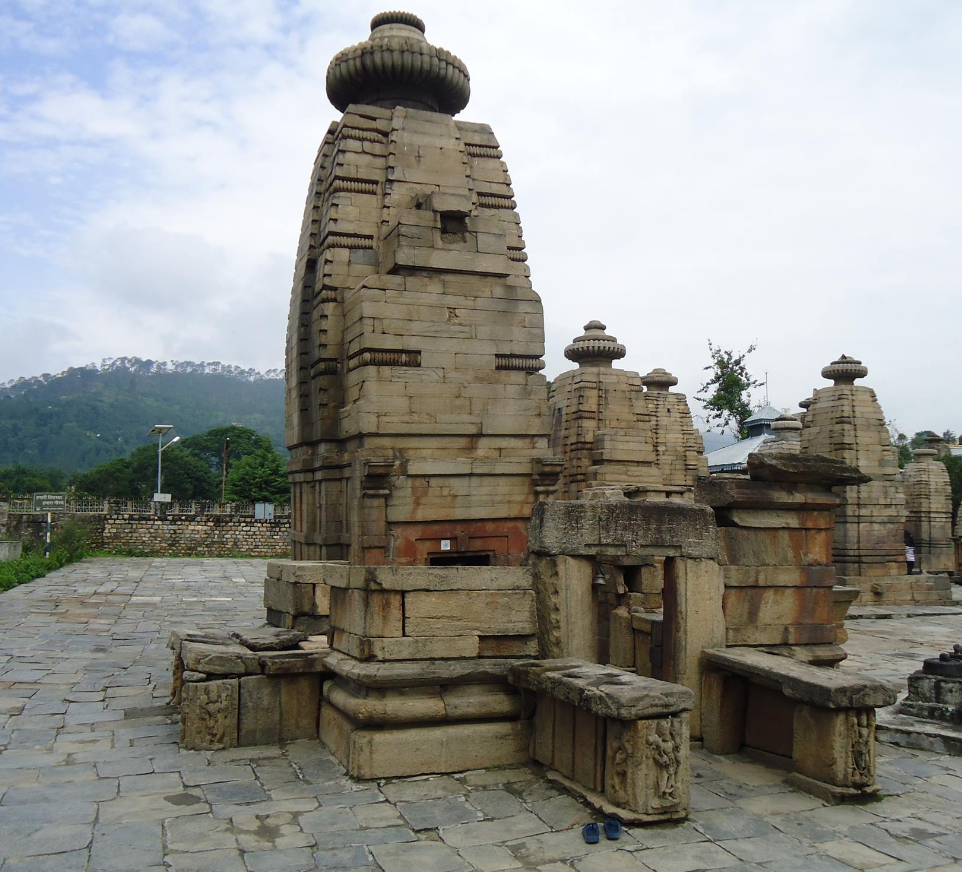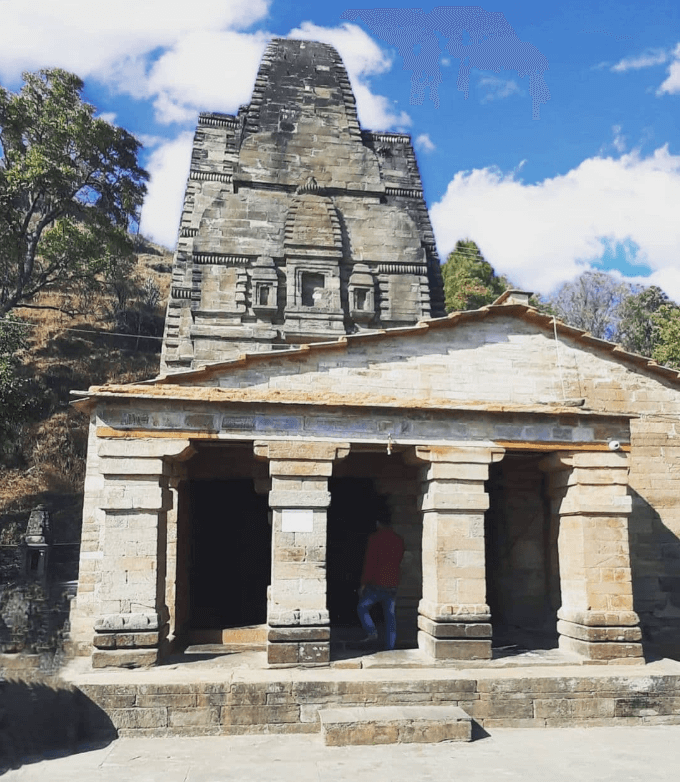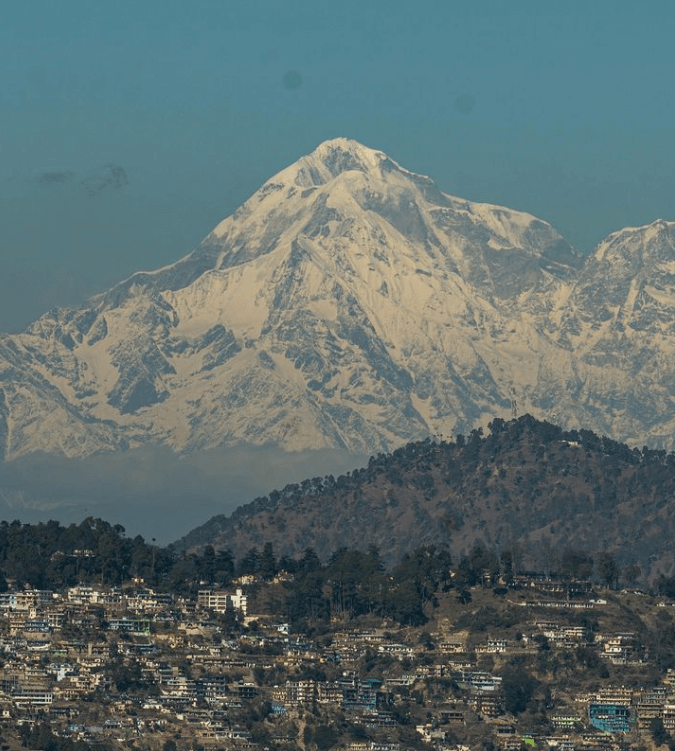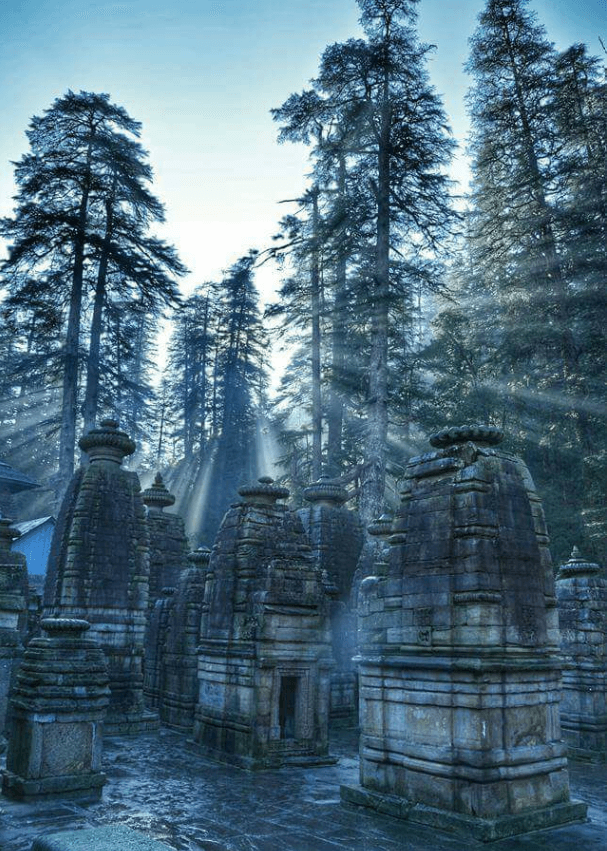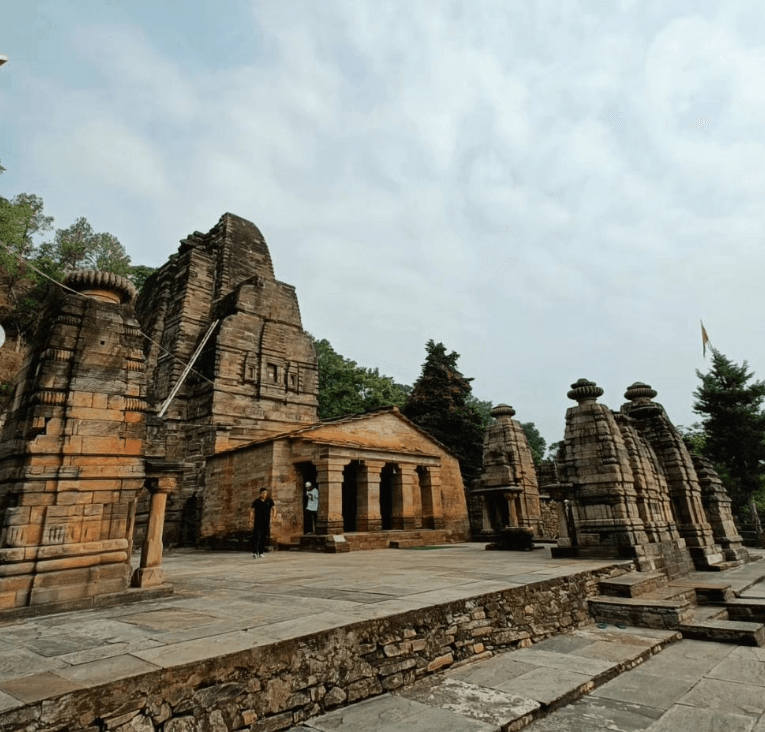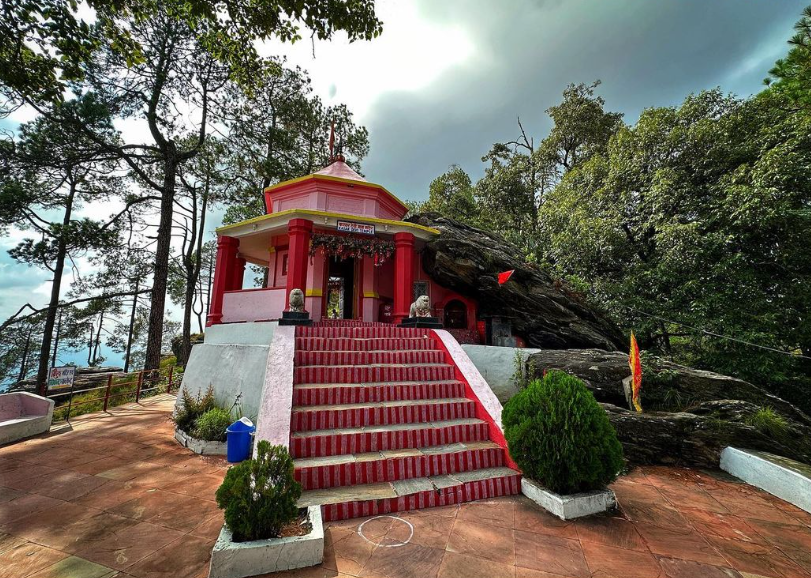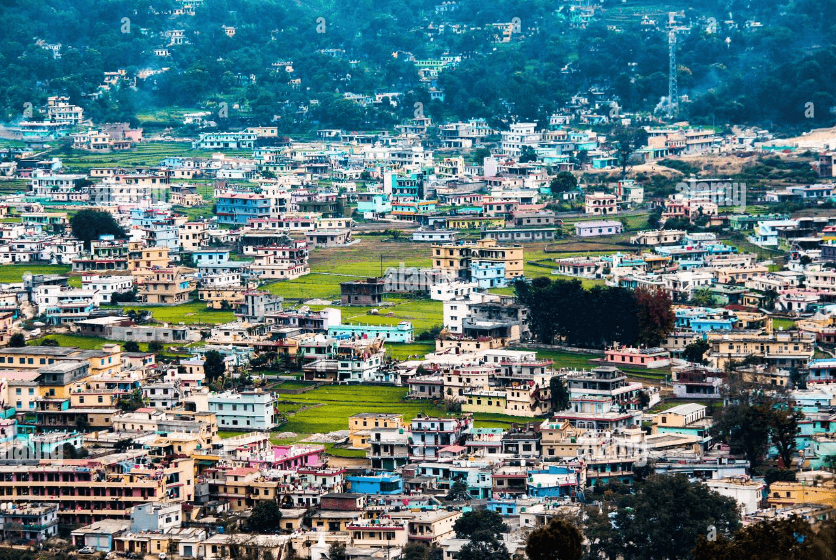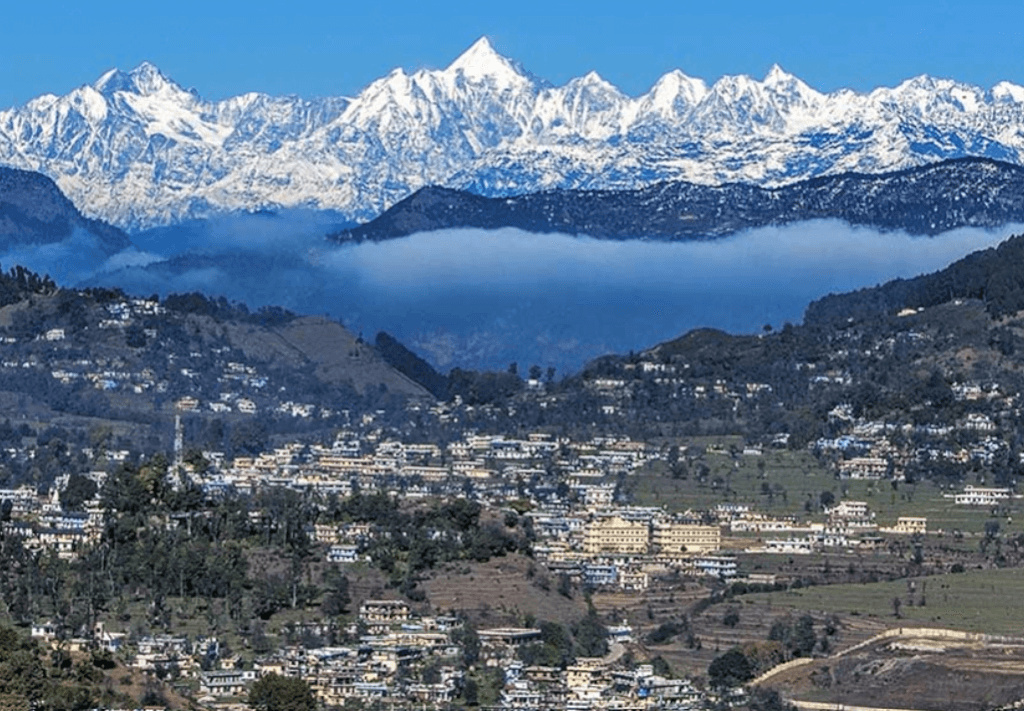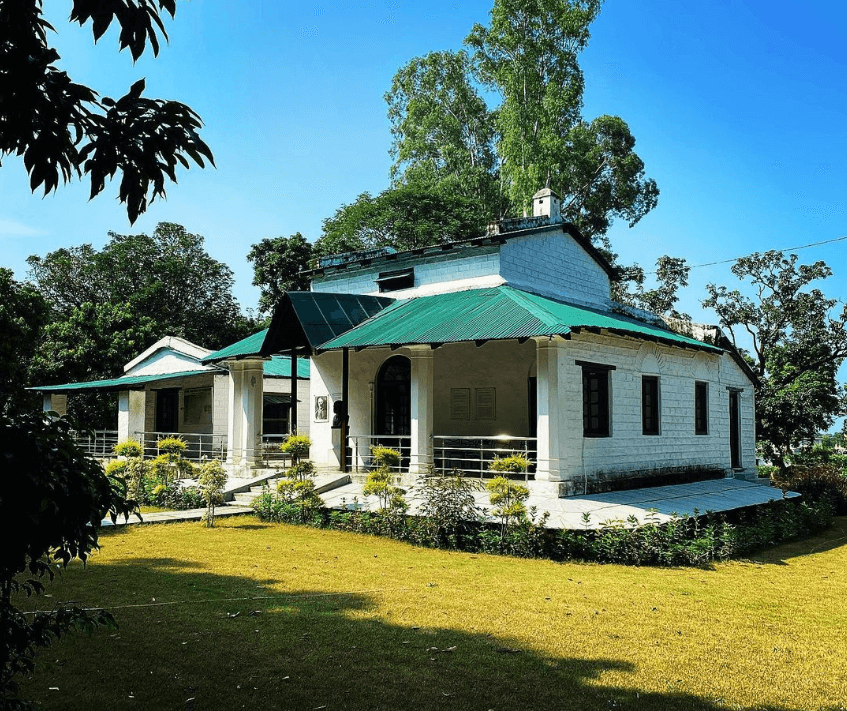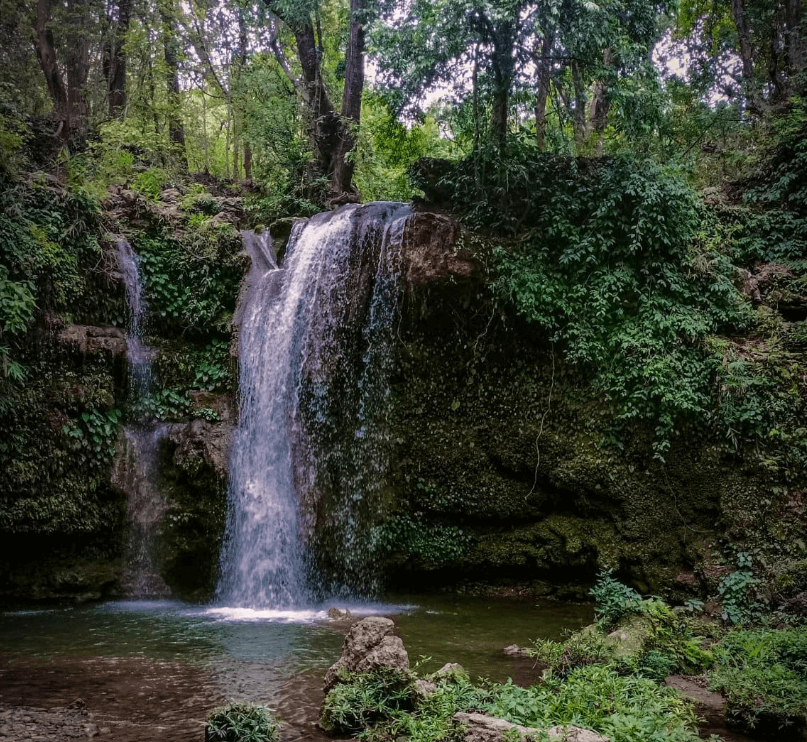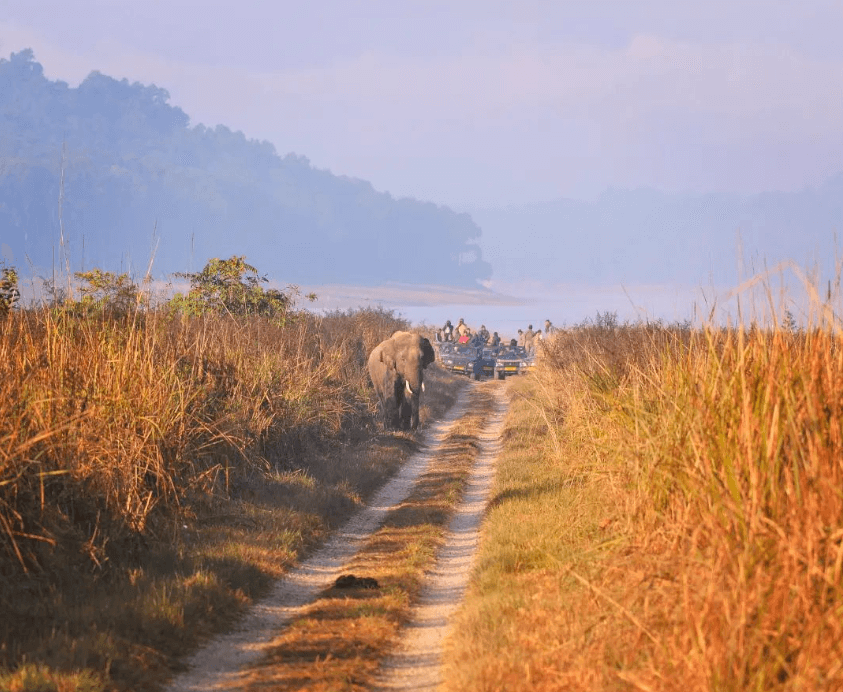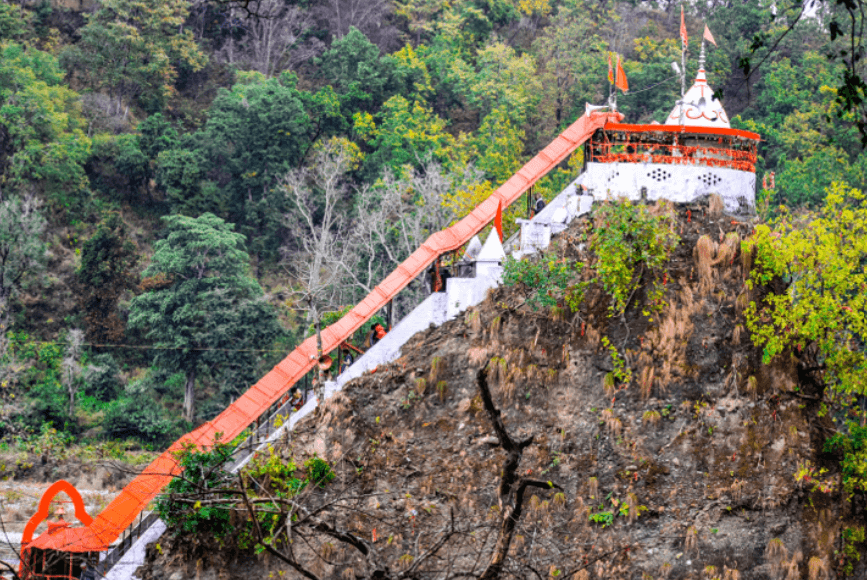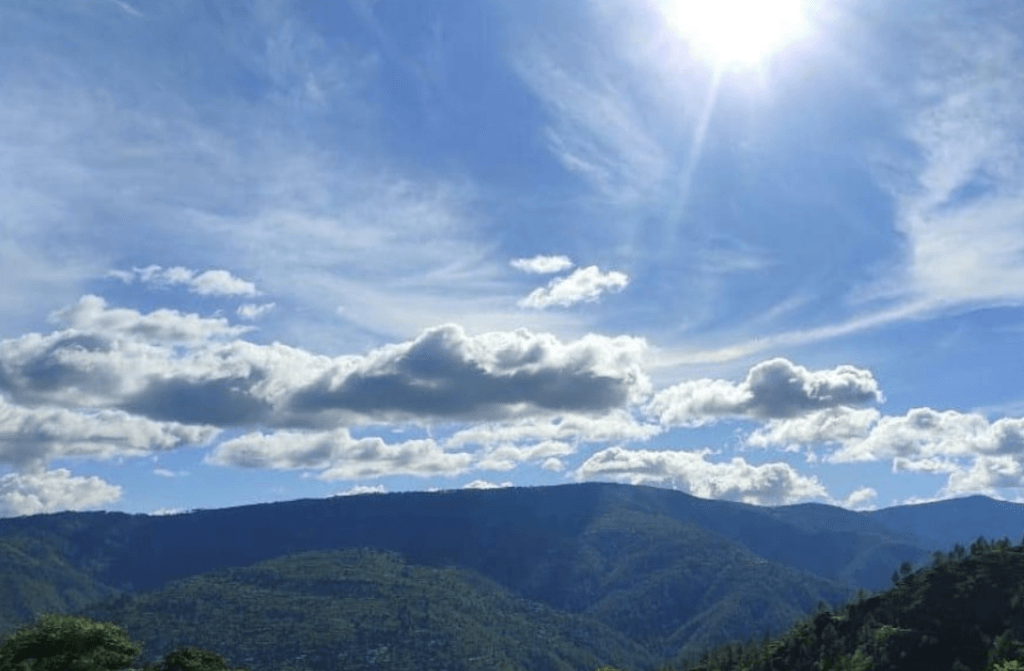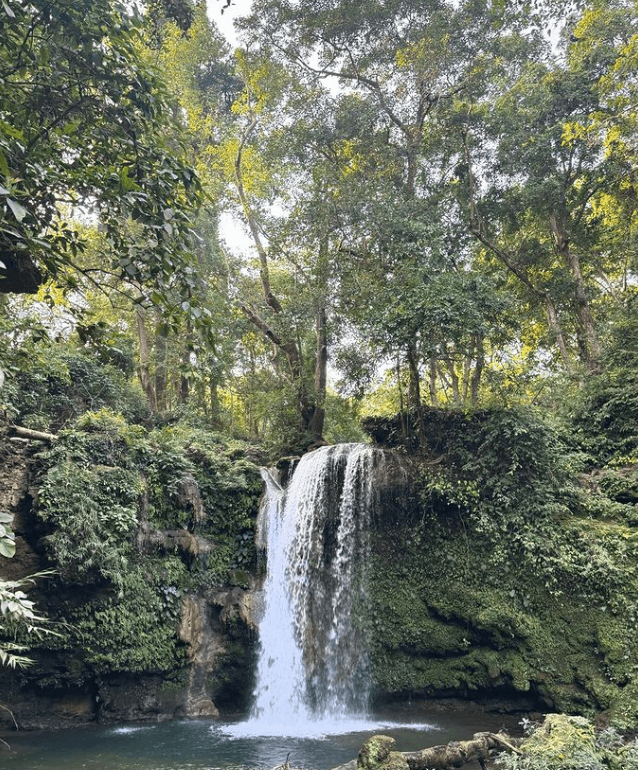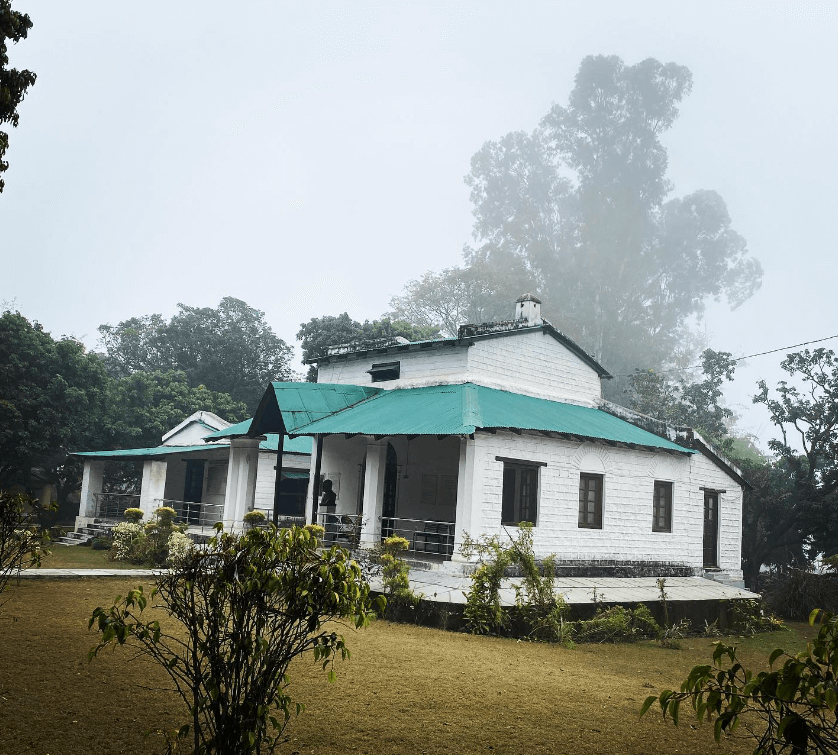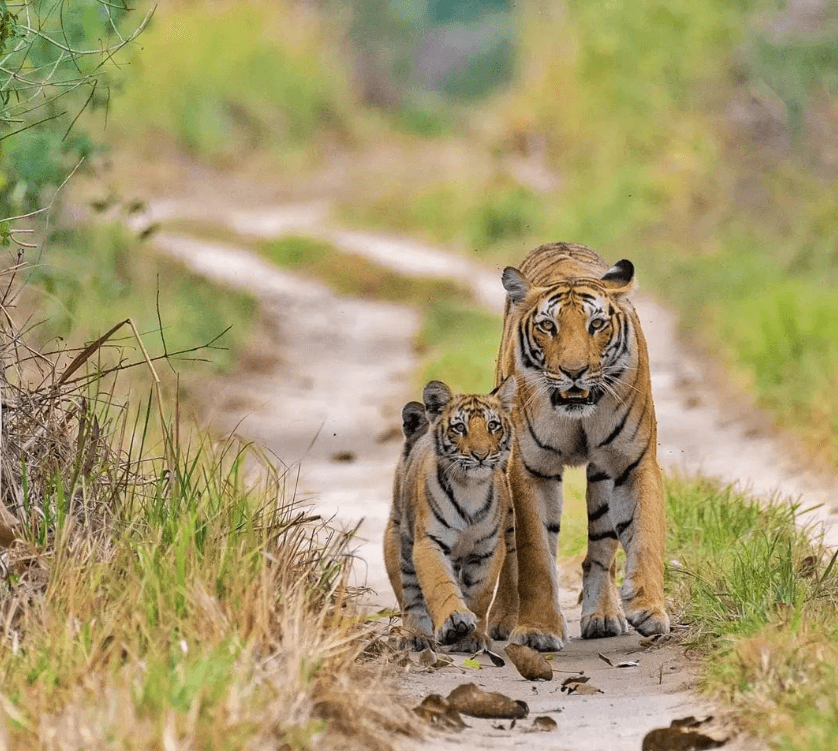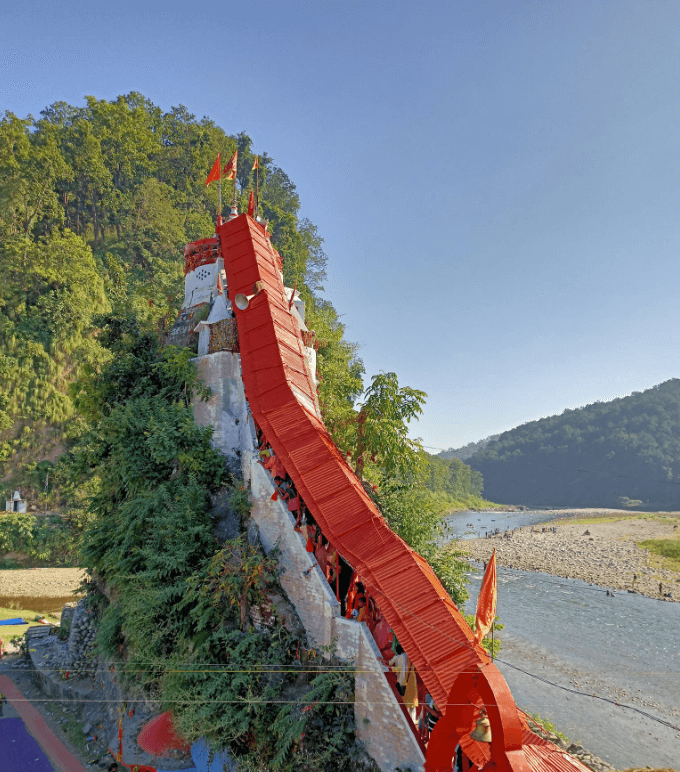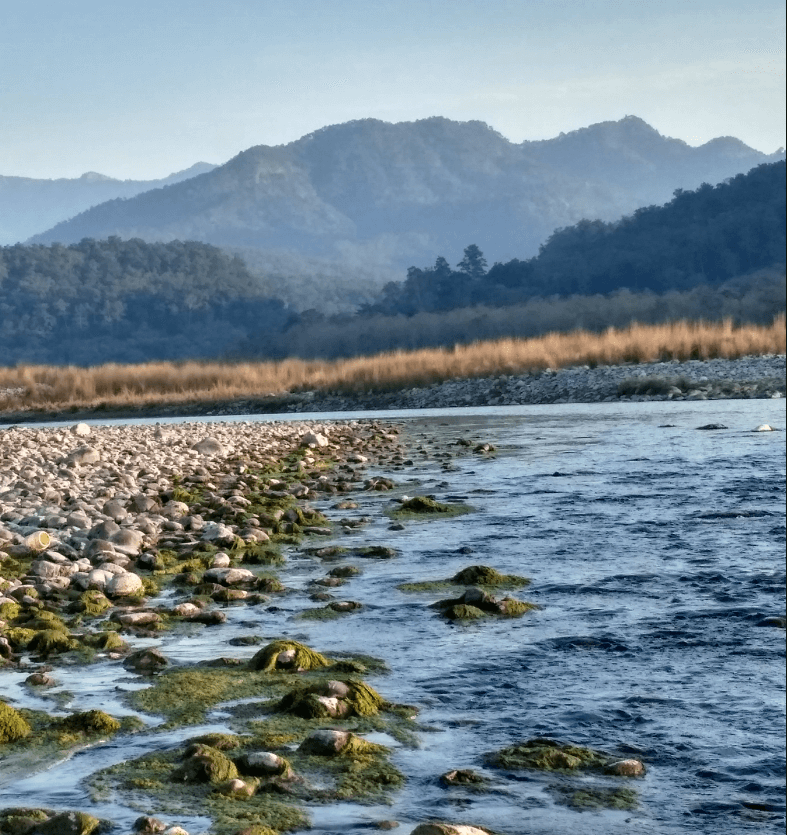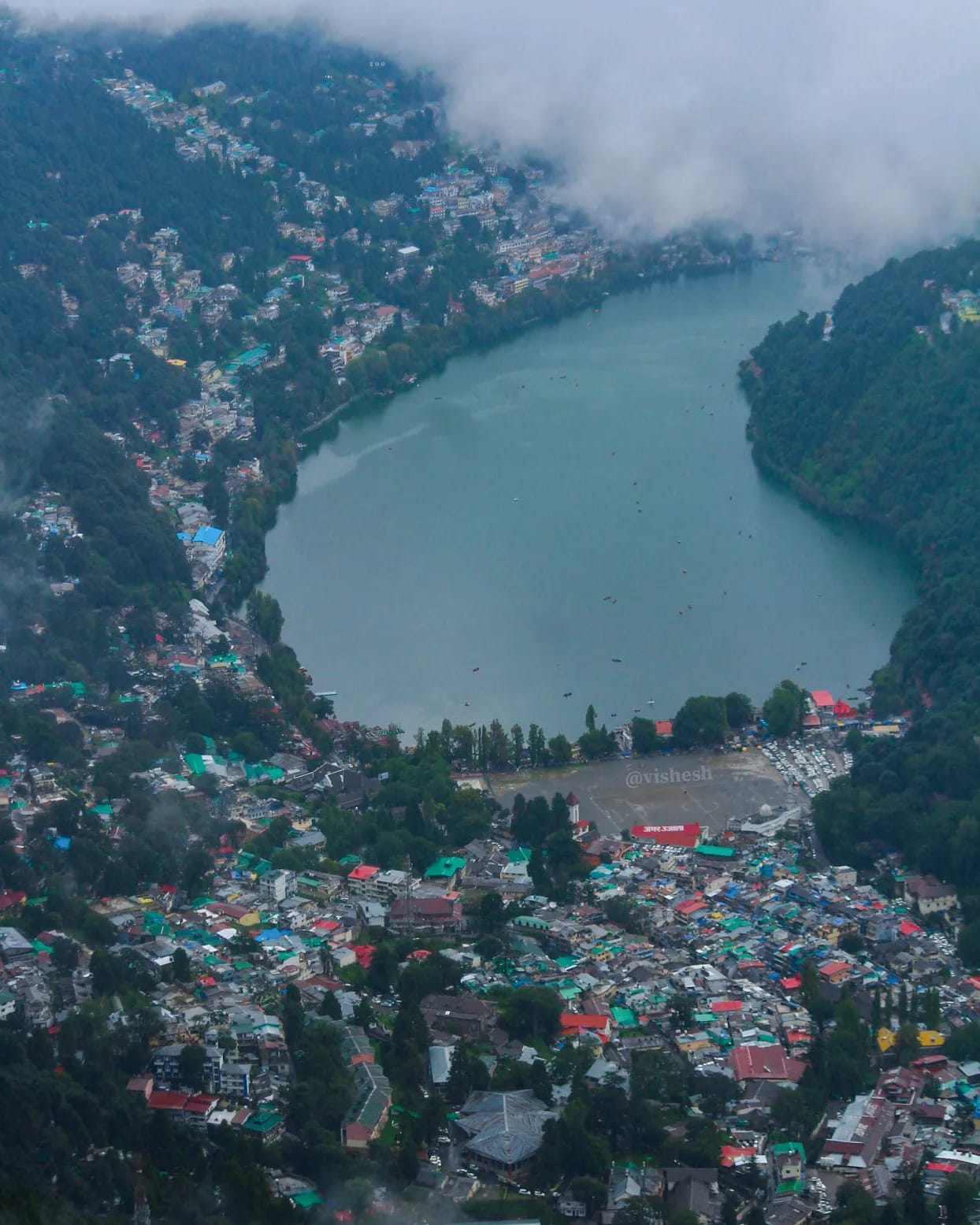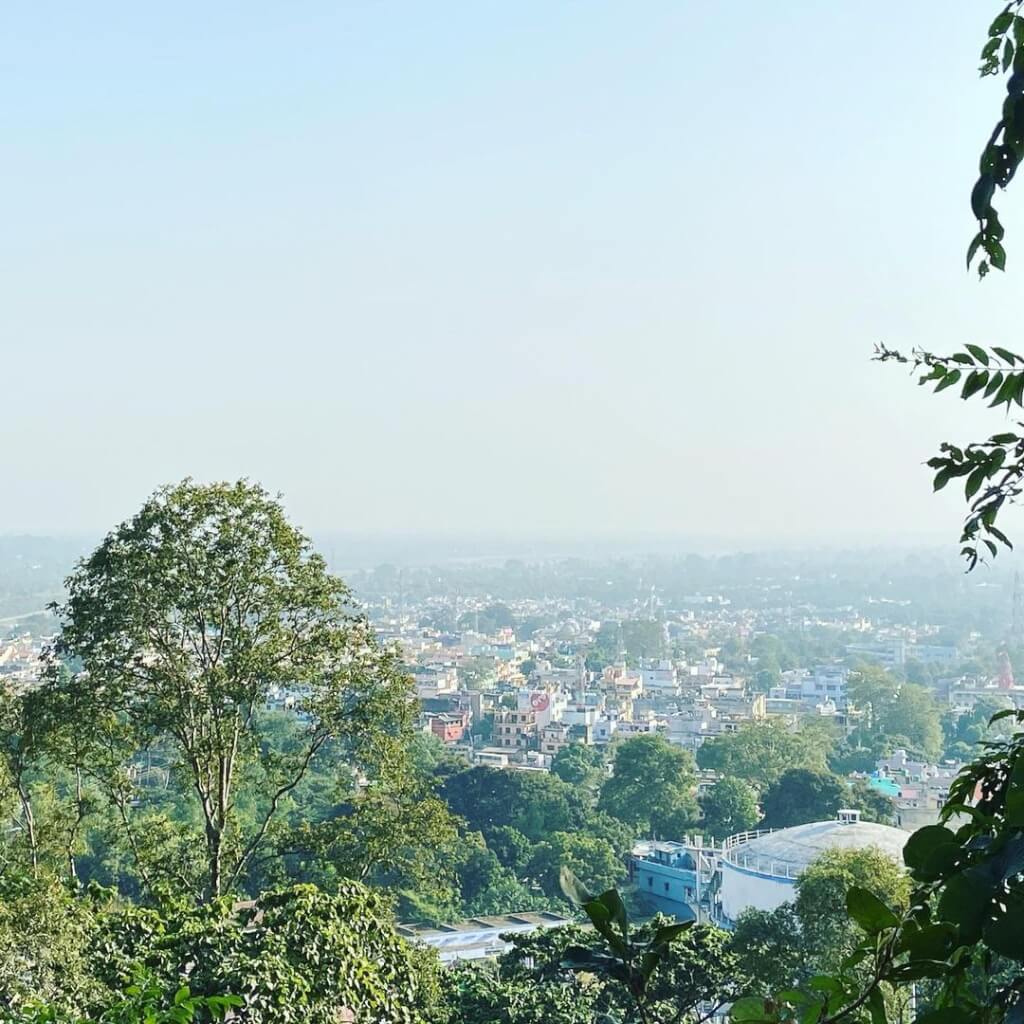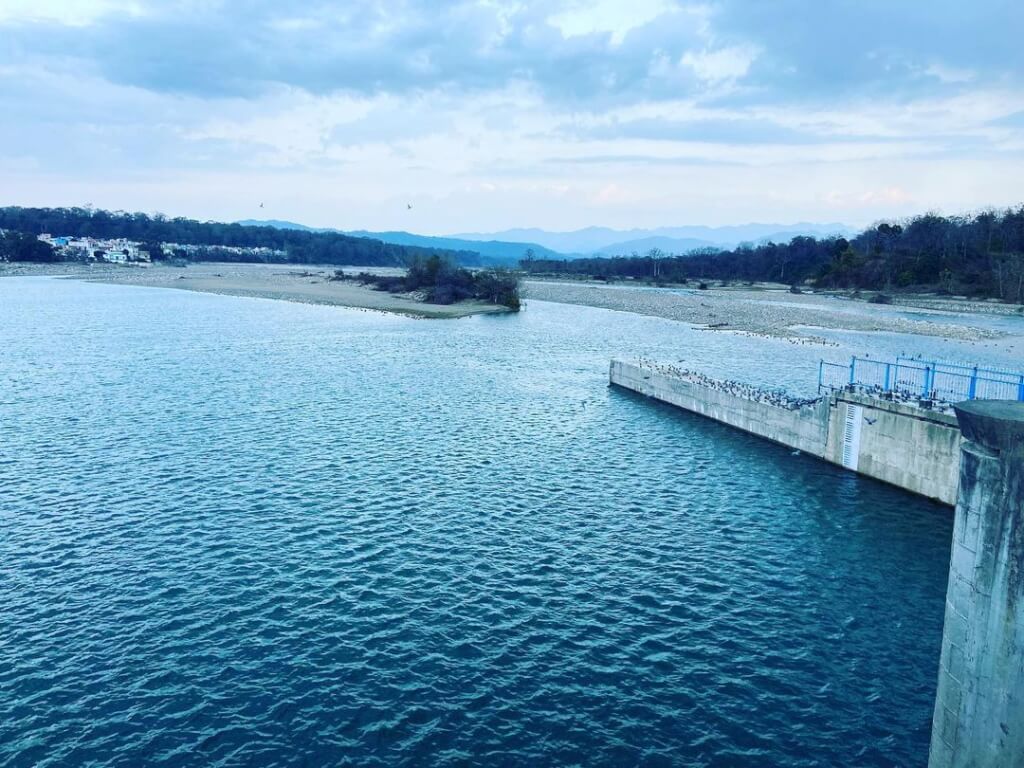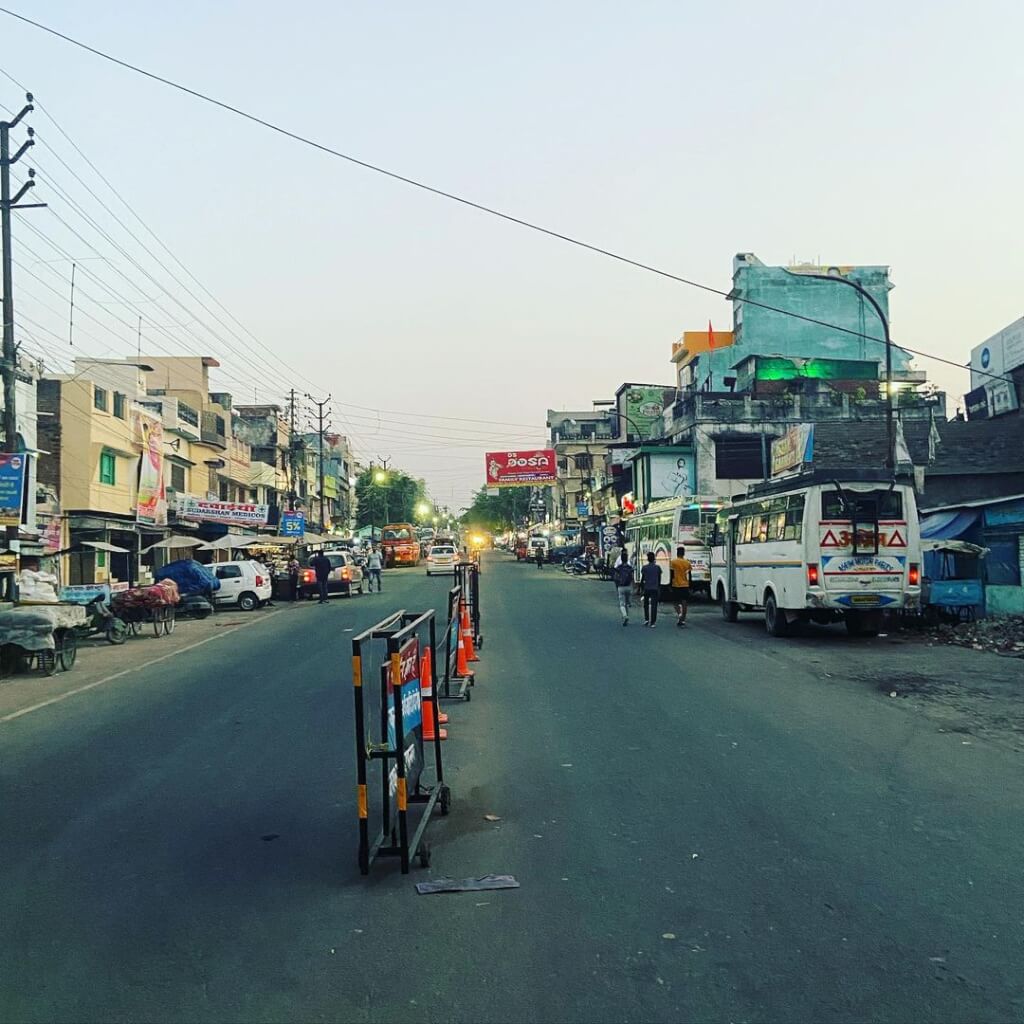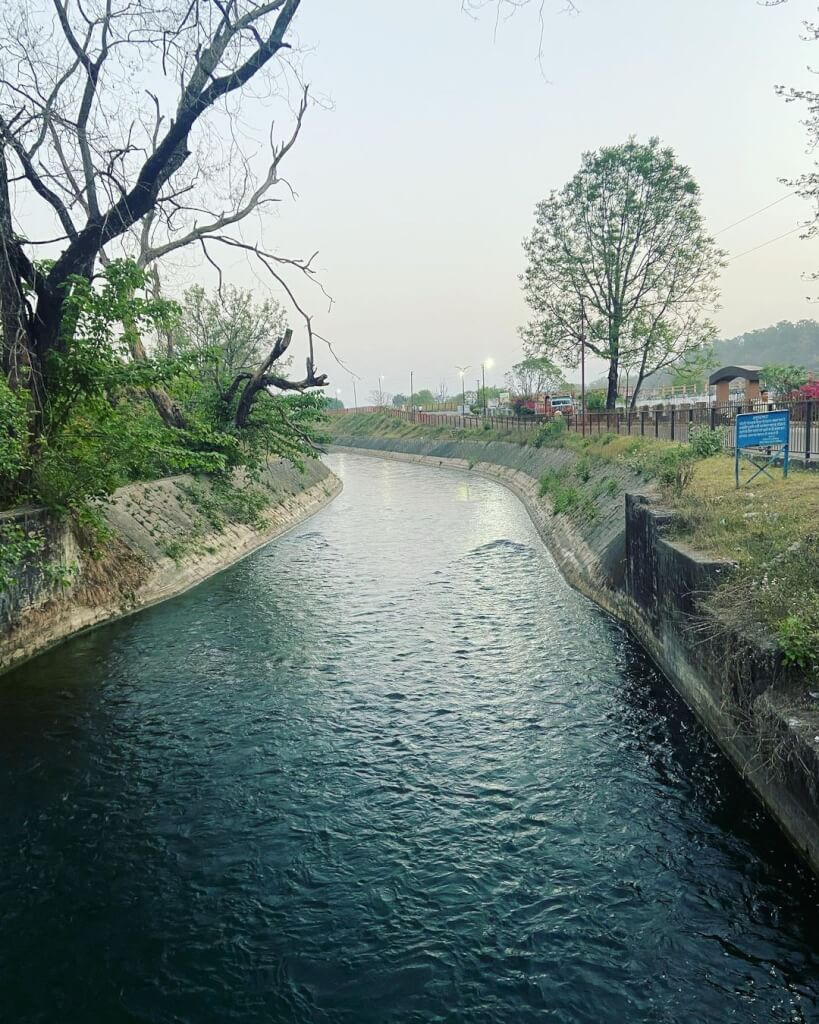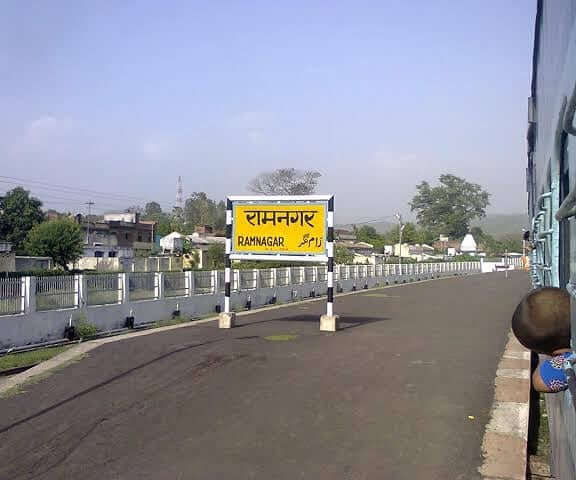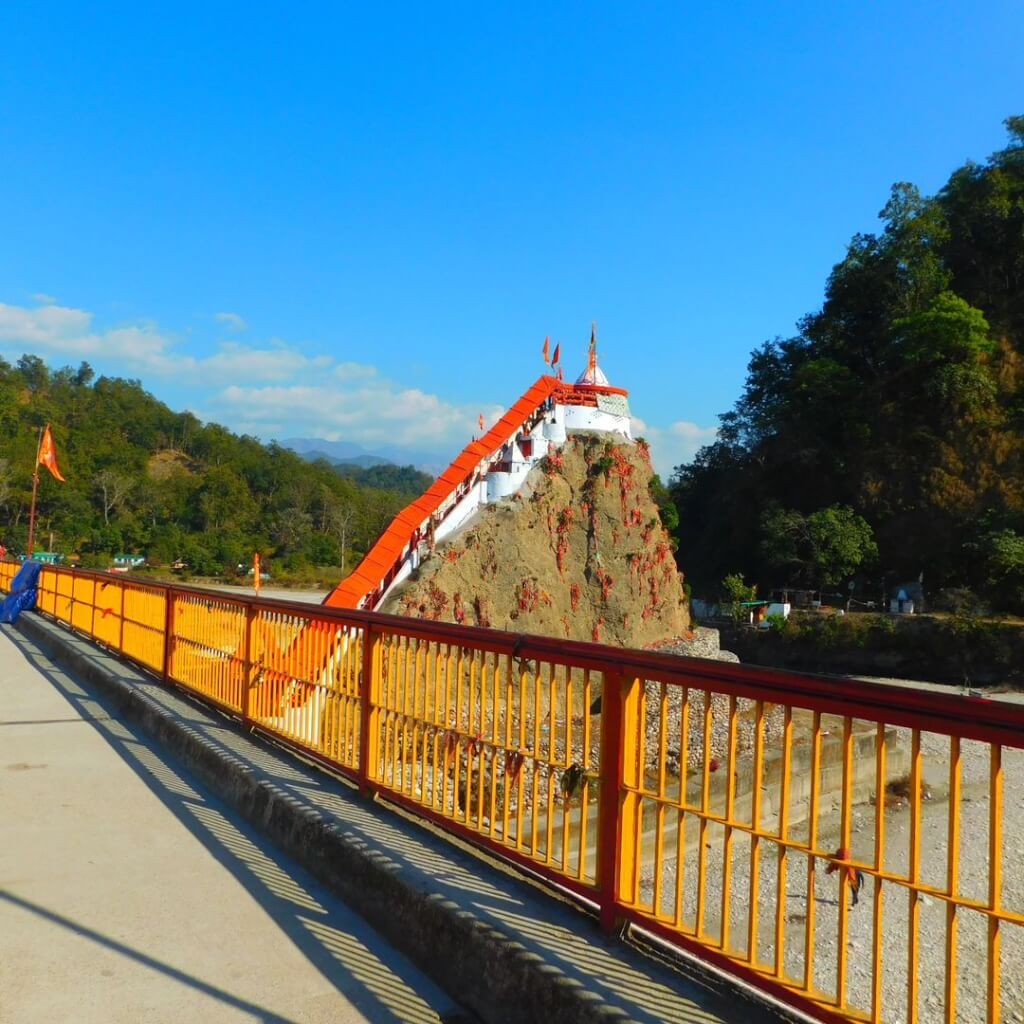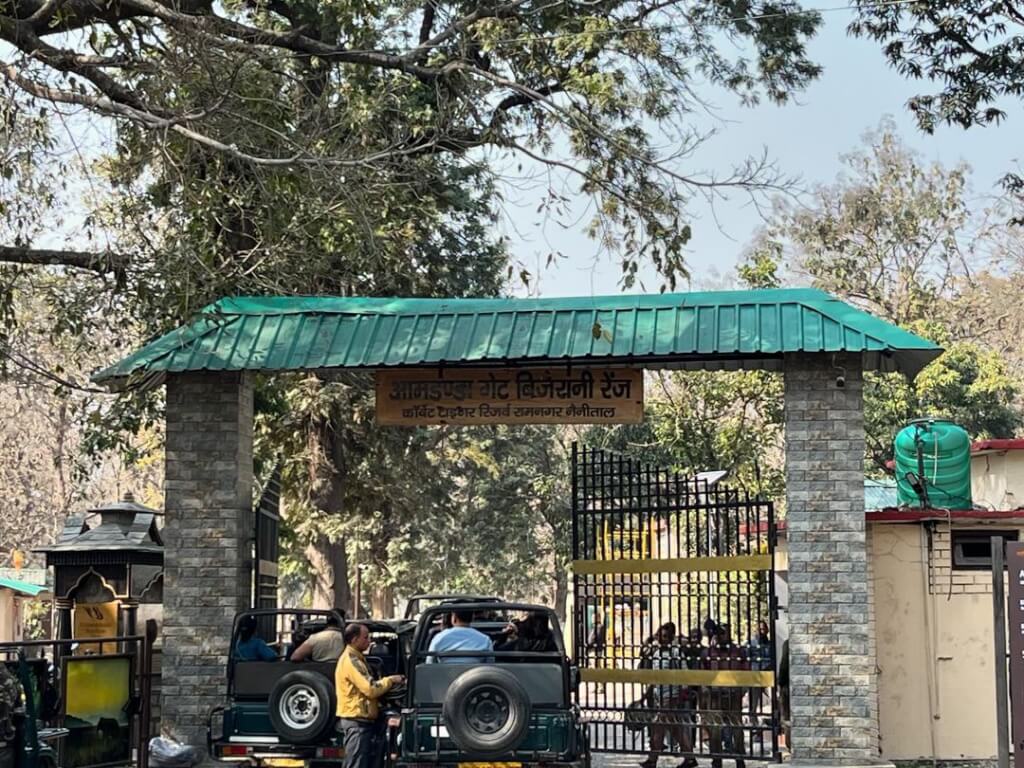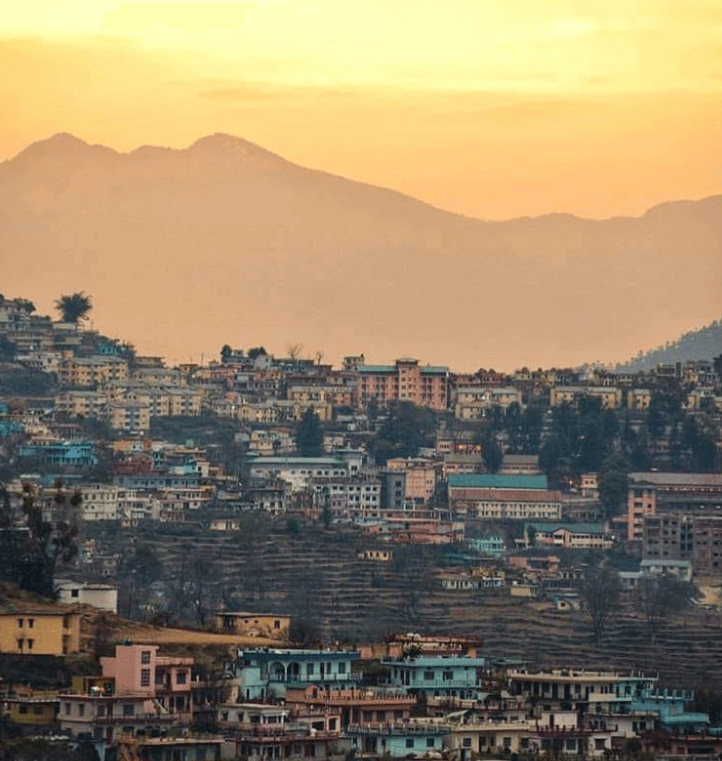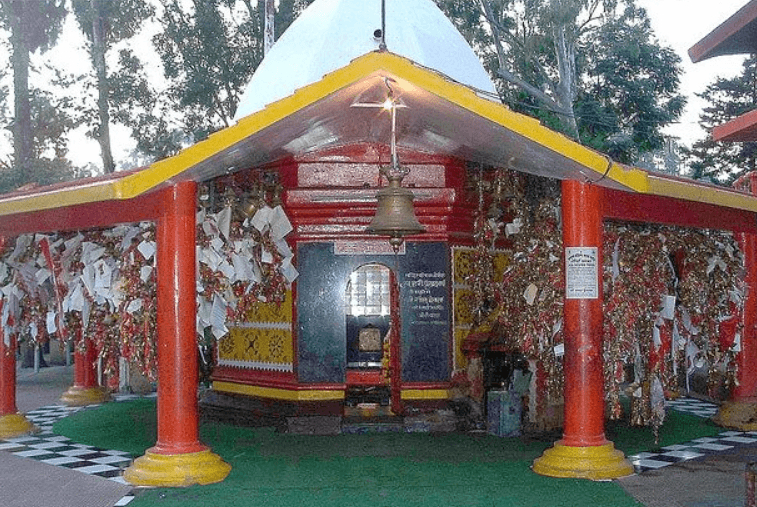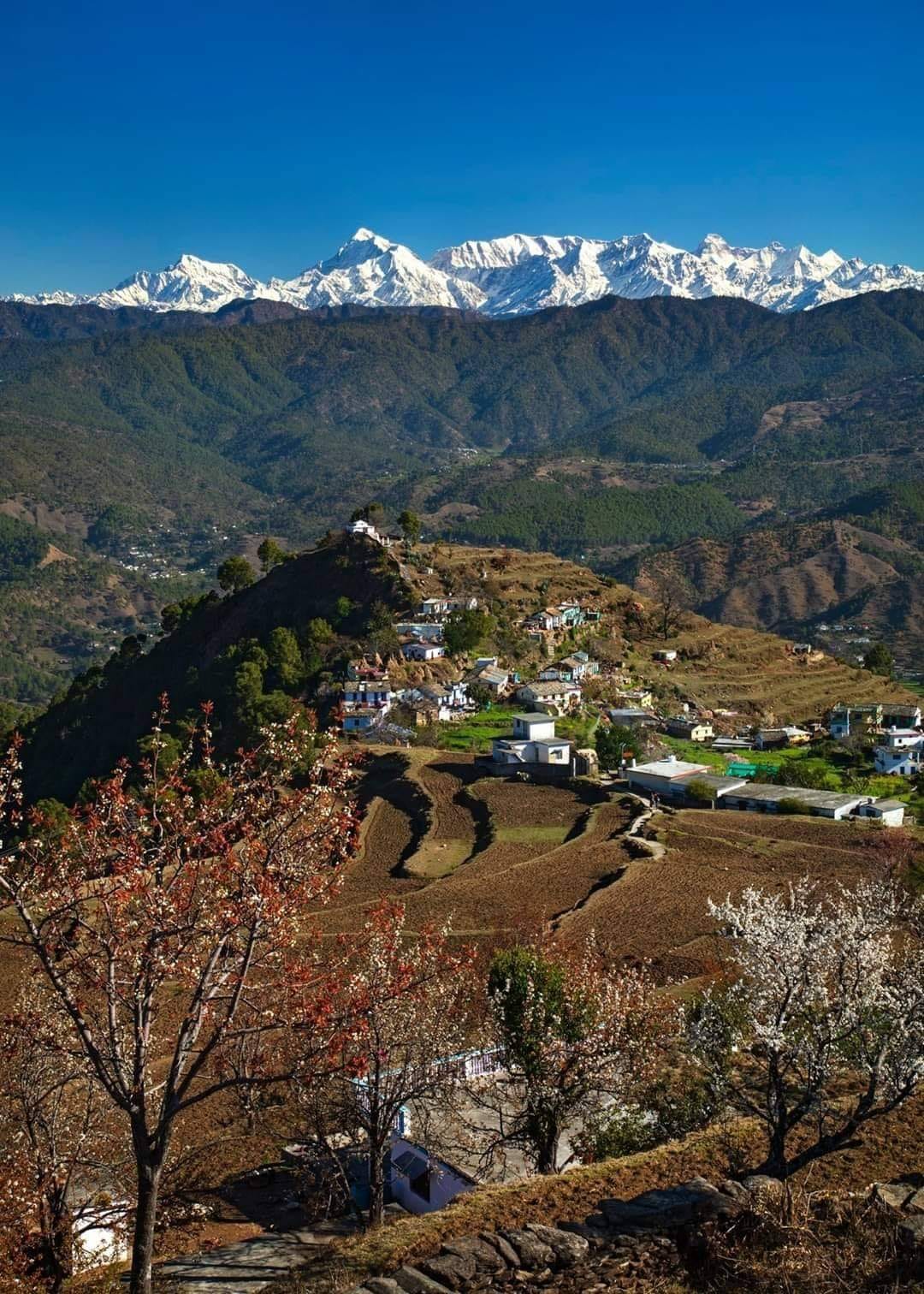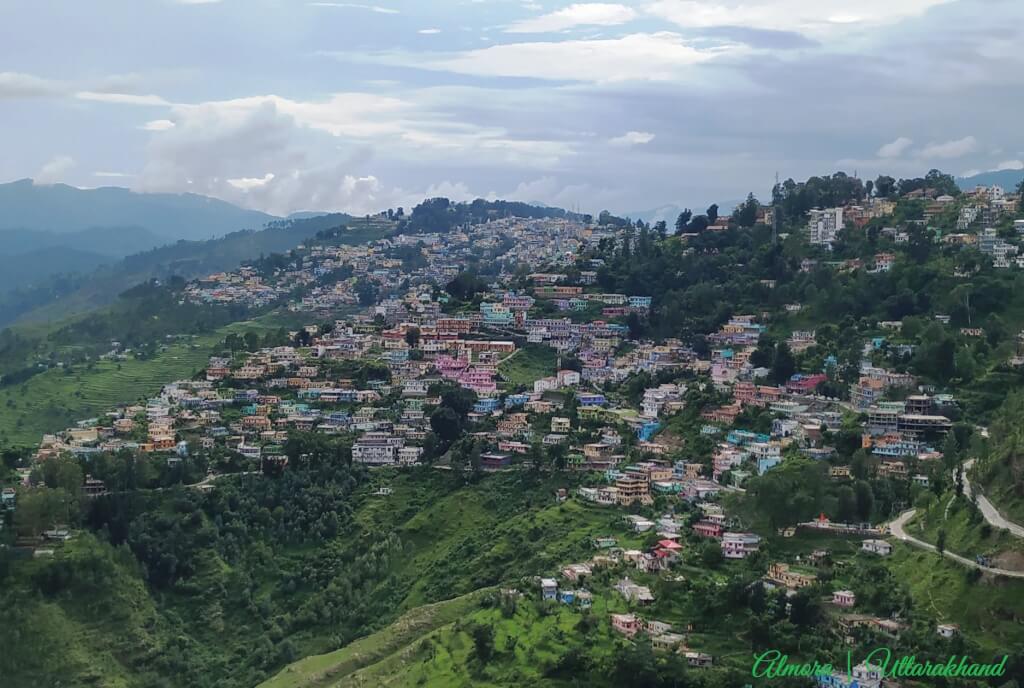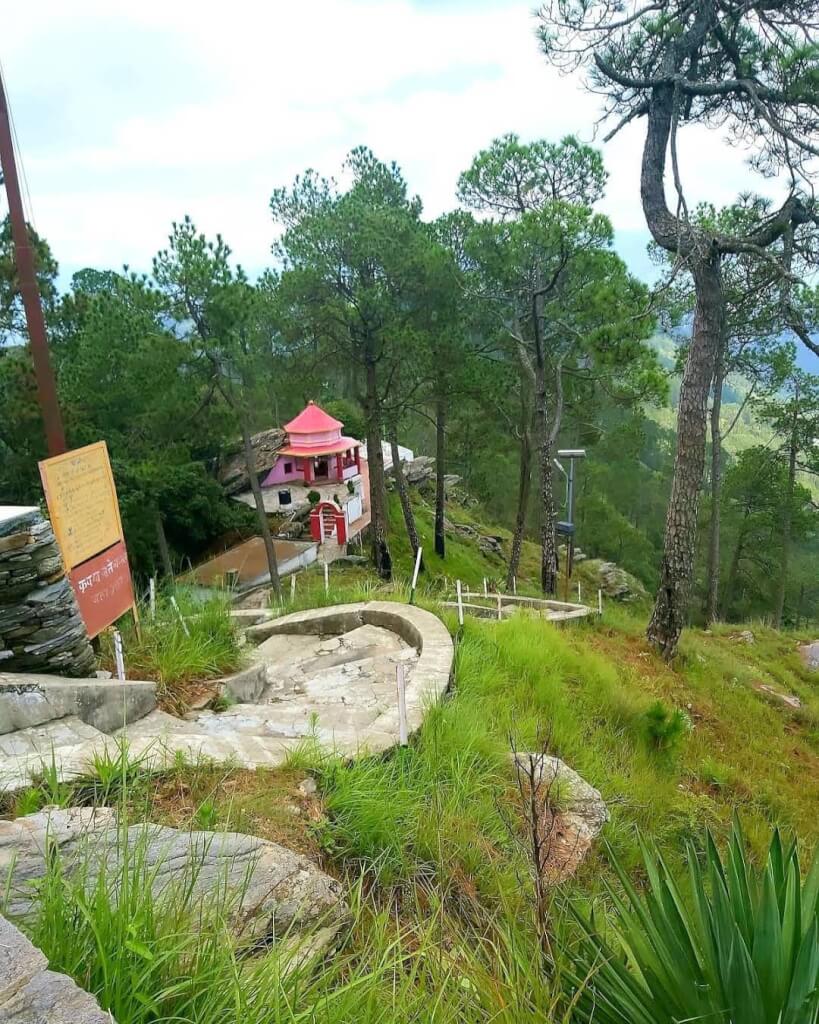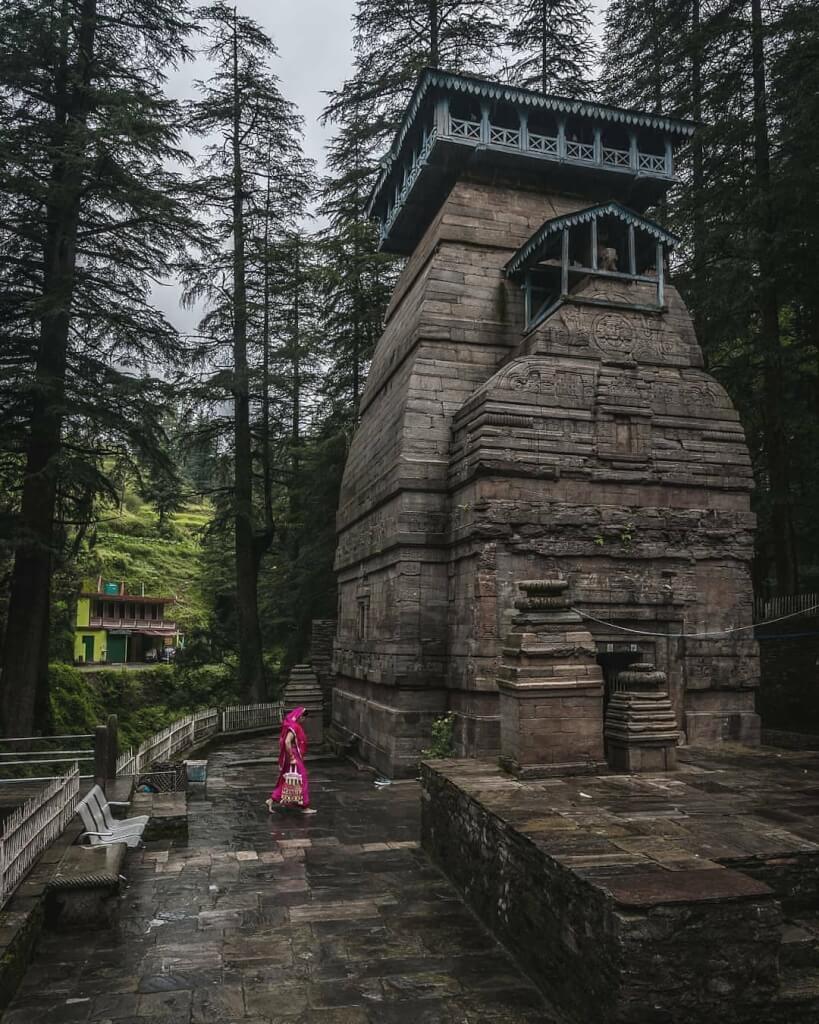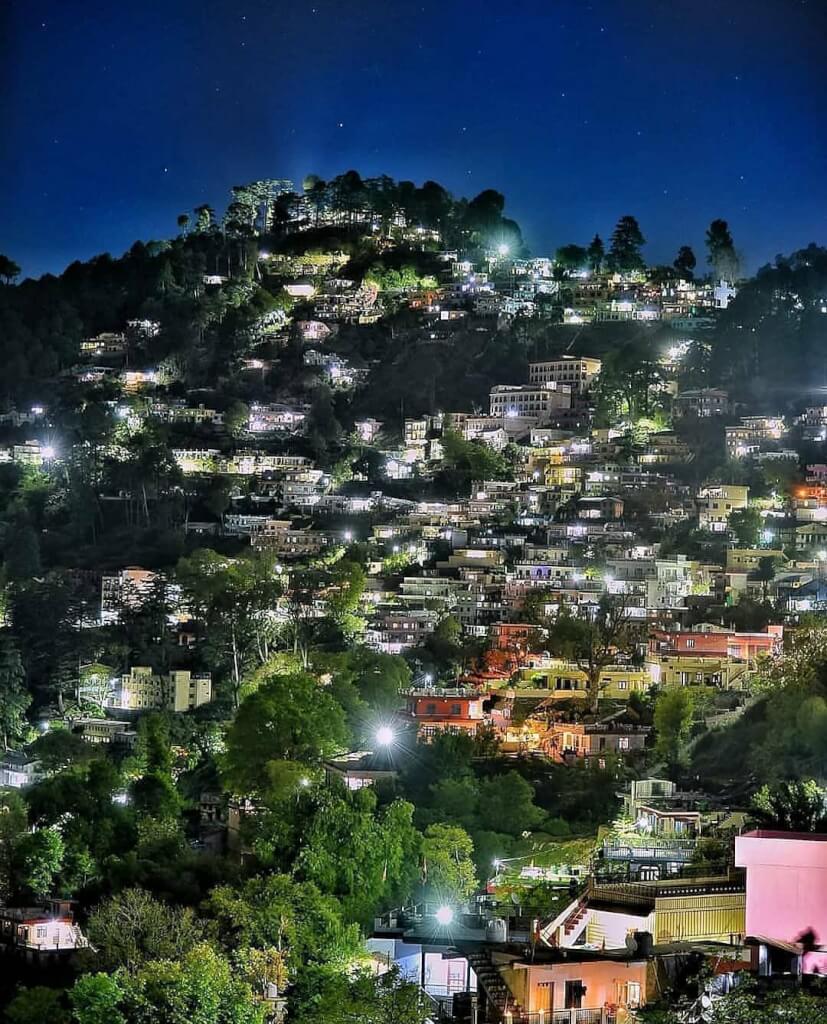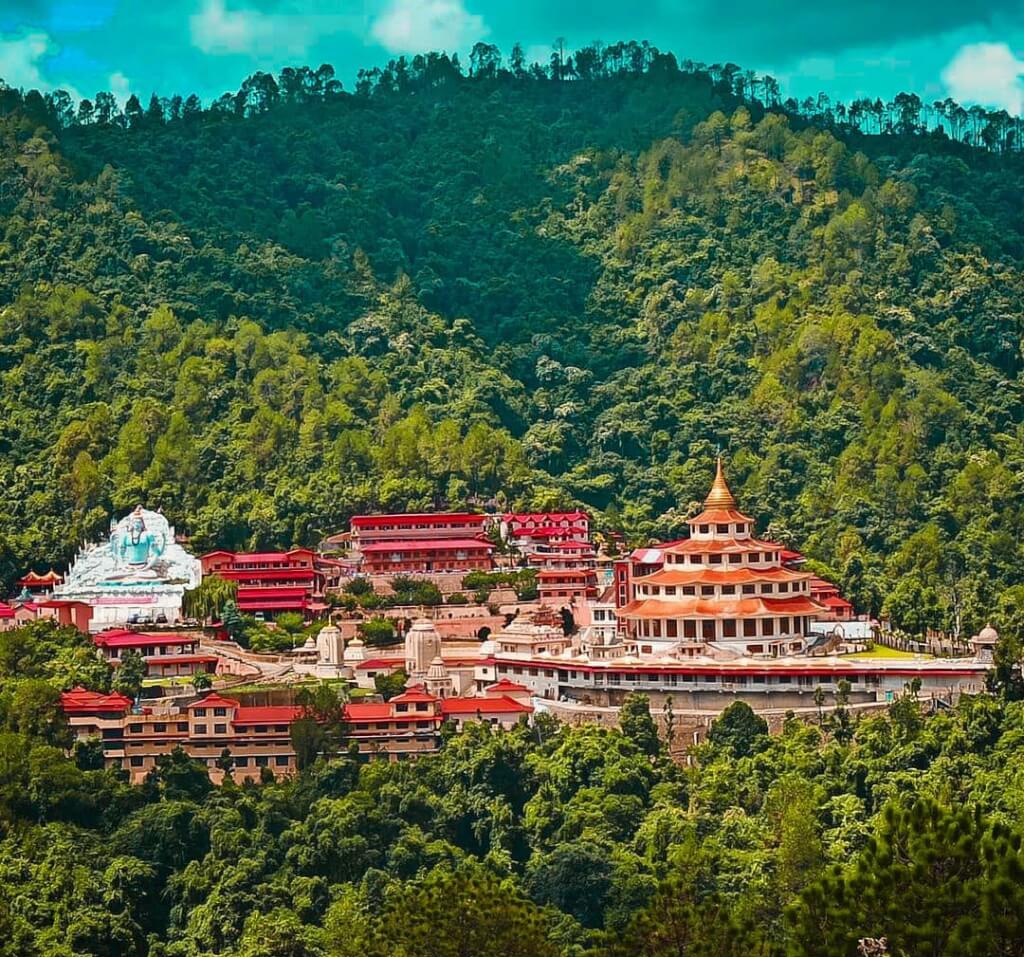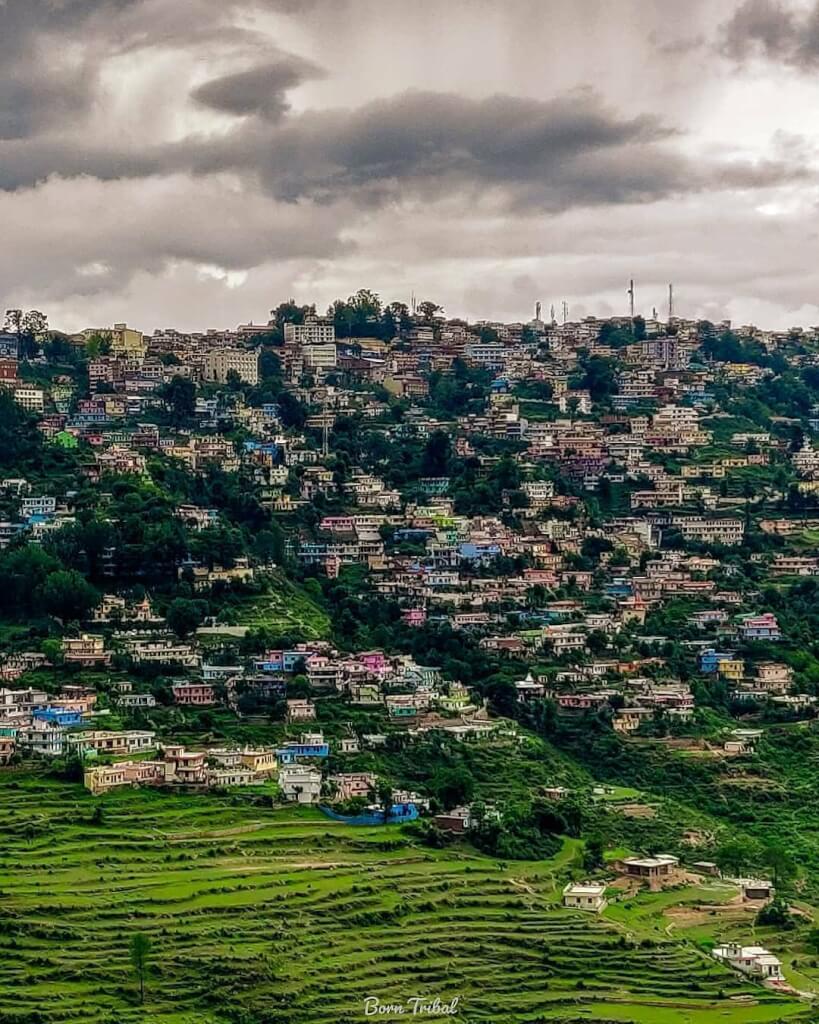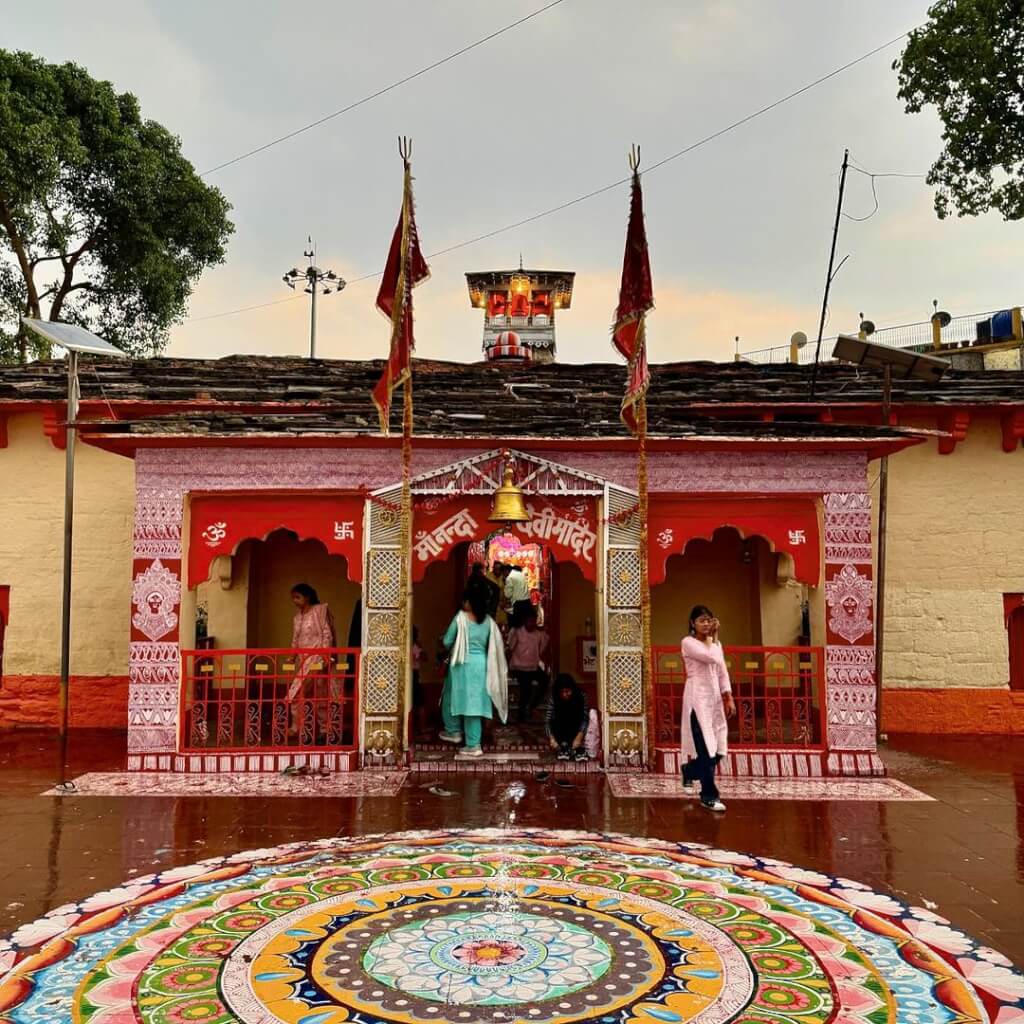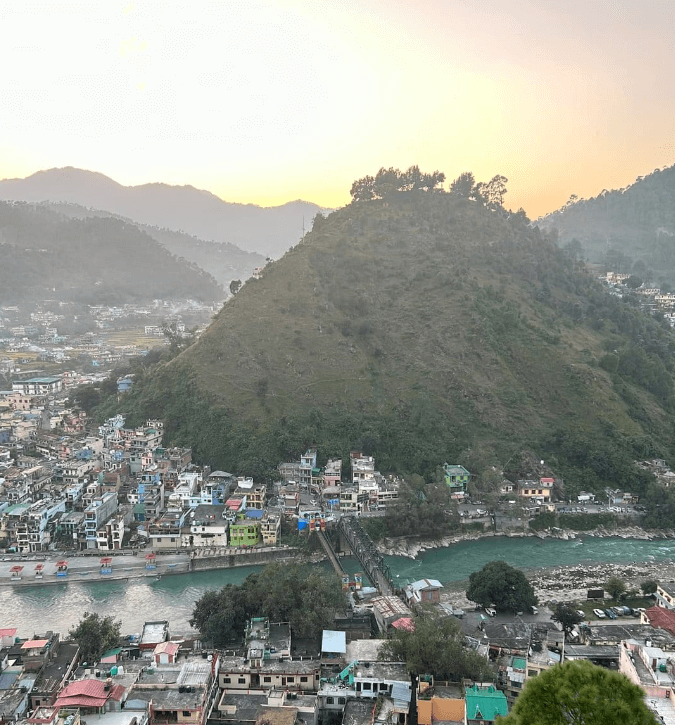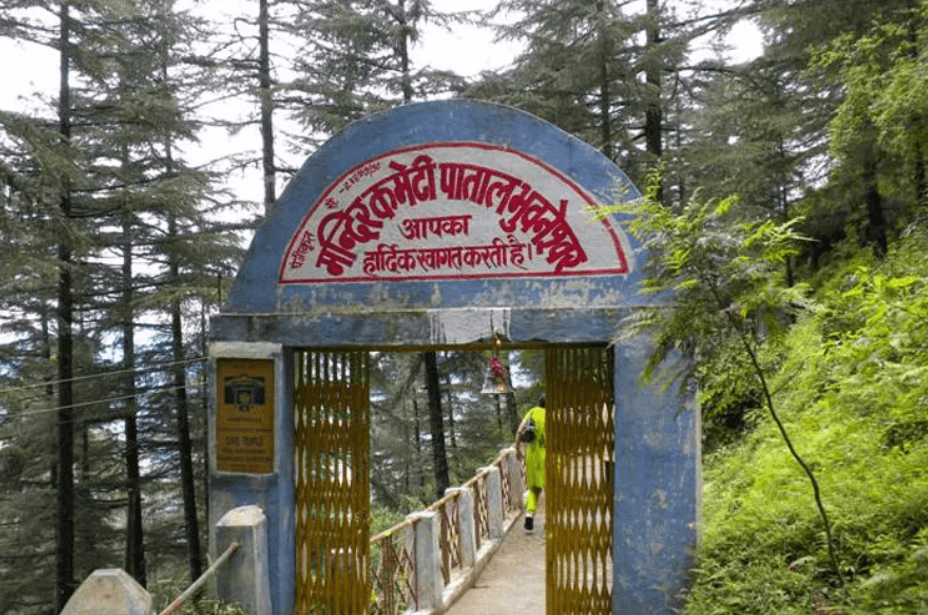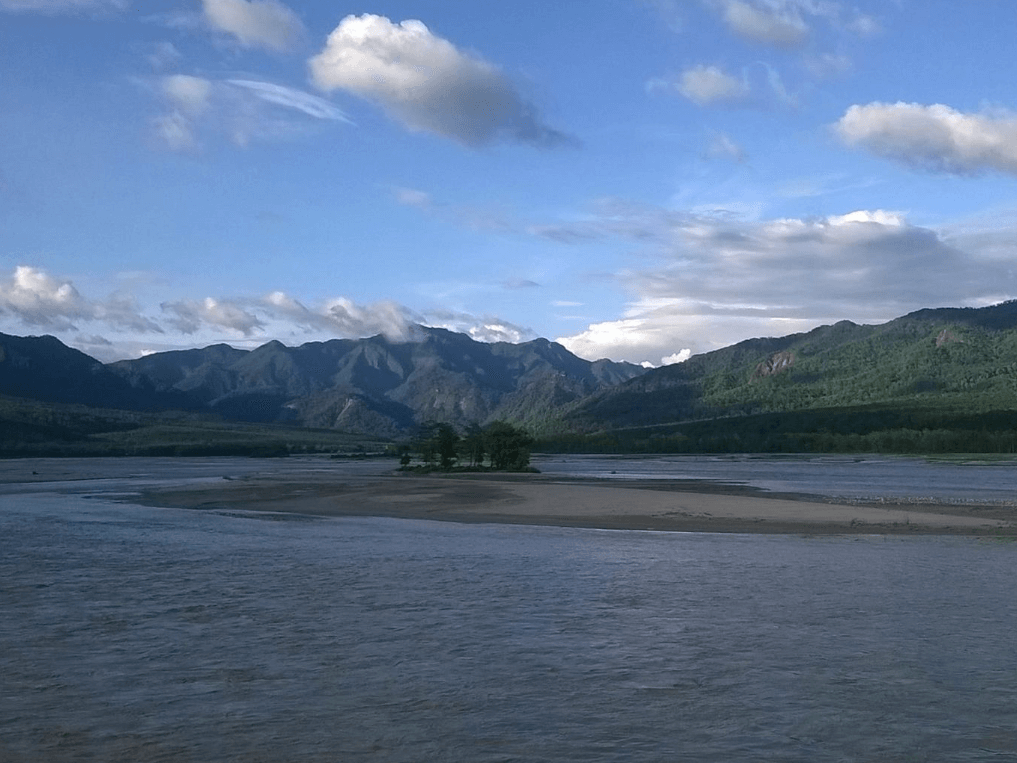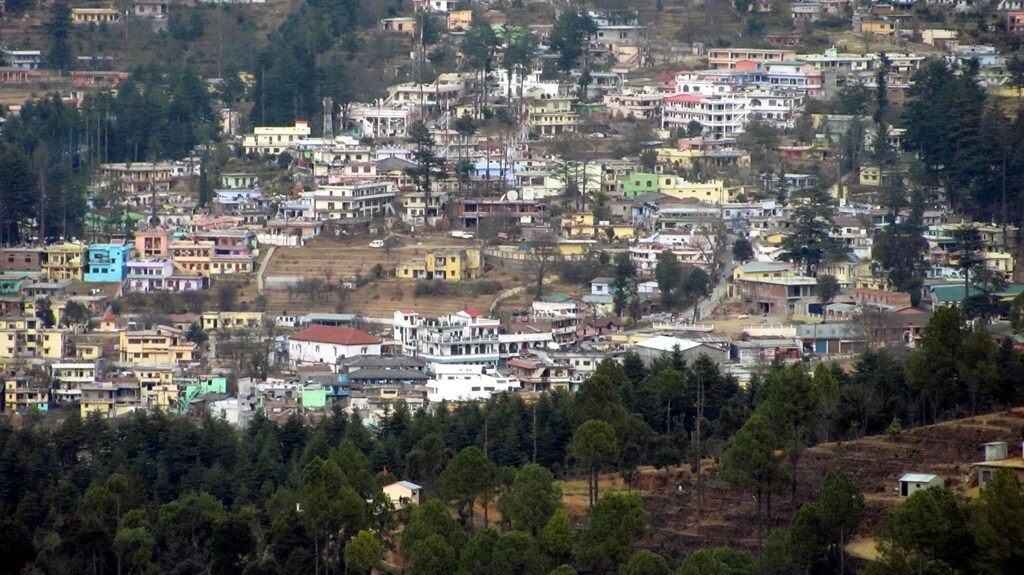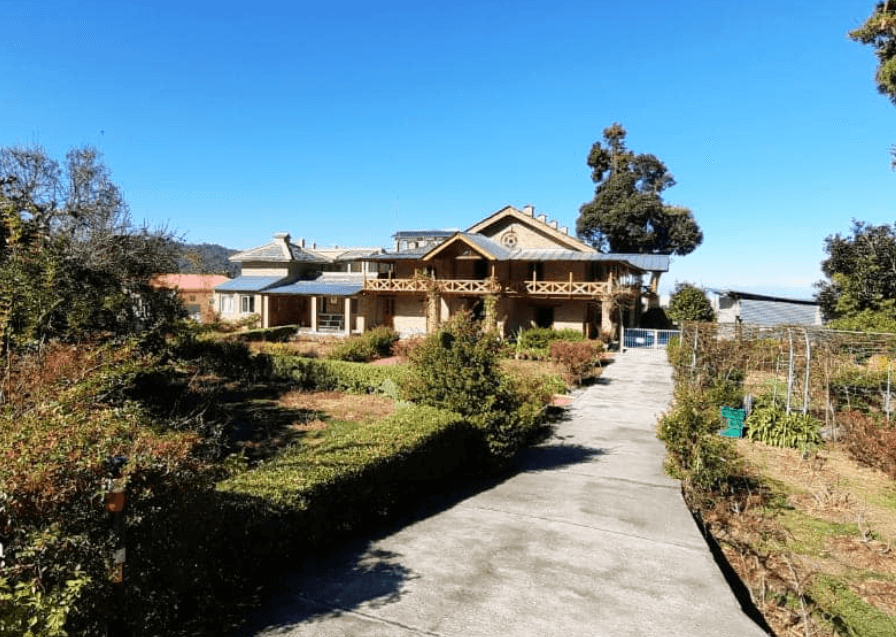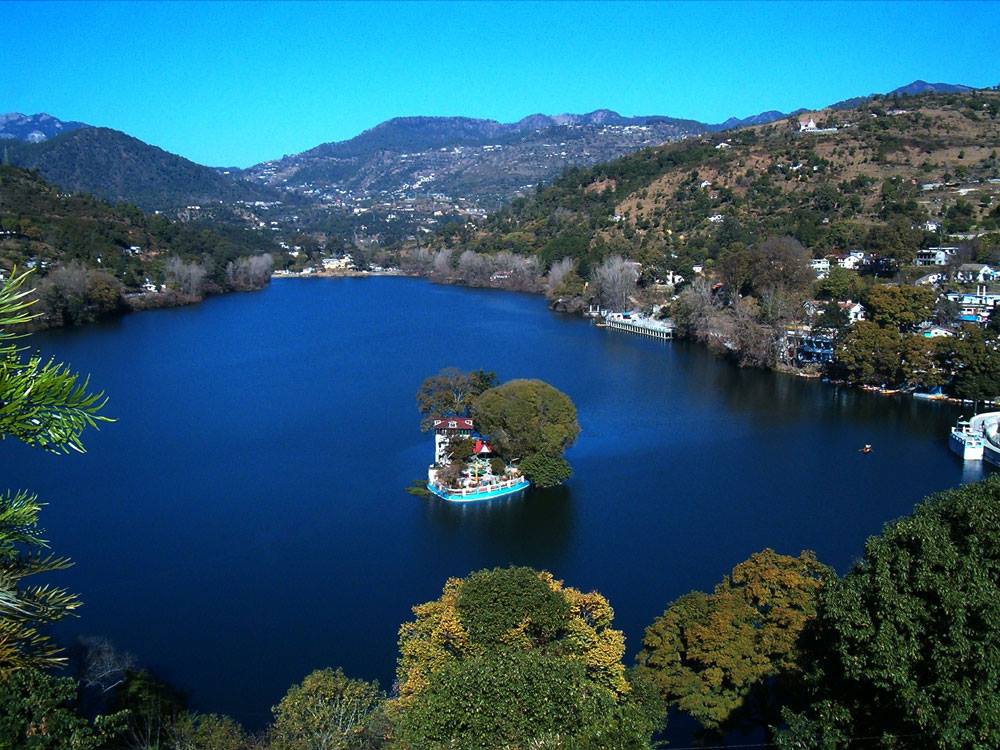Kasar Devi Temple is a famous Hindu shrine located near Almora in the state of Uttarakhand, India. It is situated on a hilltop at an altitude of about 2,116 meters (6,942 feet) above sea level. The temple is dedicated to Kasar Devi, a local deity believed to be a form of goddess Durga.
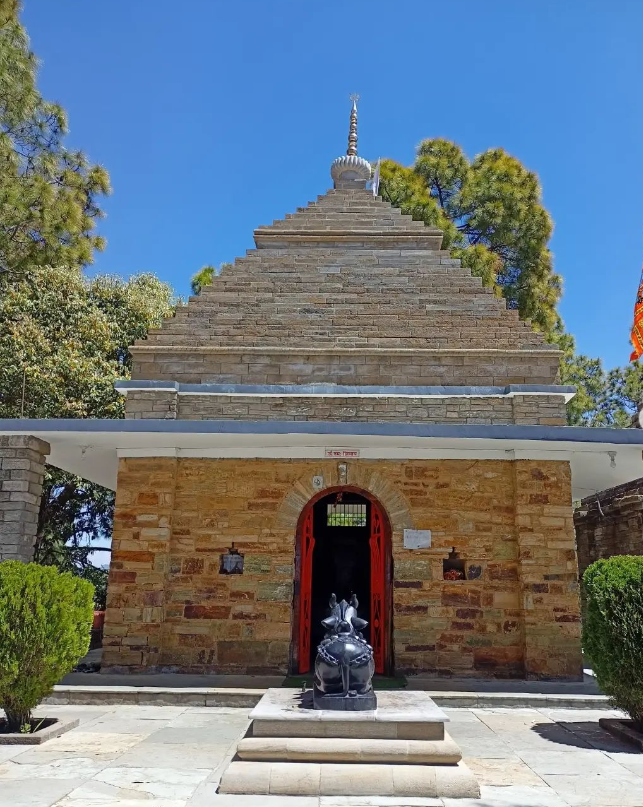
Some Key Points about Kasar Devi Temple
Location: The temple is situated on a ridge, offering panoramic views of the surrounding Himalayan peaks, including Nanda Devi, Trishul, and Panchachuli.
Spiritual Significance: Kasar Devi Temple holds spiritual significance for both locals and visitors. It is believed to be a sacred place where Swami Vivekananda, the famous Indian philosopher and spiritual leader, meditated in the late 19th century.
Architectural Style: The architectural style of the temple is simple and traditional, reflecting the cultural heritage of the area. The temple is constructed using local stones and wood.
Visitors to Kasar Devi Temple not only experience the religious and spiritual aspects but also get a chance to immerse themselves in the natural beauty and tranquility of the Himalayan surroundings. The temple continues to attract people seeking spiritual solace and a connection with nature.
History Of Kasar Devi Temple
The Kasar Devi Temple is located near Almora in the Indian state of Uttarakhand. It holds historical and cultural significance, and its origins are believed to date back centuries. The temple is dedicated to Kasar Devi, an incarnation of the Hindu goddess Durga.
Ancient Origins: The exact date of the temple’s construction is not well-documented, but it is considered to be ancient, with some beliefs suggesting that it could be over 2,000 years old. The temple is said to have been built on a site that has been considered sacred for a long time.
Spiritual Significance: Kasar Devi has been a prominent spiritual and meditation center, attracting sages, saints, and spiritual seekers throughout history. It is believed that Swami Vivekananda, the famous Indian philosopher and spiritual leader, meditated here in the late 19th century.
Cradle of Hippie Movement: In the 1960s and 1970s, Kasar Devi gained international attention as a hub for the hippie movement. Renowned personalities like Bob Dylan, Cat Stevens, and Allen Ginsberg are said to have visited the area during this time. It became a place for spiritual exploration, alternative lifestyles, and artistic endeavors.
Restoration and Maintenance: Over the years, efforts have been made to preserve and restore the temple. The Archaeological Survey of India (ASI) has also taken steps to protect and maintain the historical and cultural heritage of Kasar Devi.
Near Place to Vist
How To Reach Sankri
Sankri is a picturesque village located in the Uttarkashi district of the Indian state of Uttarakhand. It serves as a…
Baghnath Temple
Baghnath, meaning ‘Tiger Lord,’ is a renowned Hindu temple located in Bageshwar city, dedicated to Lord Shiva. As a Shaivism…
Baijnath Temple
Baijnath Temple is a historic Hindu temple located in the town of Baijnath in the Bageshwar district of Uttarakhand, India….
Katarmal Sun Temple
Katarmal Sun Temple is an ancient Hindu temple dedicated to the Sun God, located in the Kumaon region of Uttarakhand,…
How To Reach Kasar Devi Temple
By Road
Almora is well-connected by road to major cities in Uttarakhand and neighboring states. You can either drive or take a bus to reach Almora.
Once you reach Almora, you can hire a taxi or take a shared cab to reach Kasar Devi Temple.
By Train
The nearest railway station is Kathgodam Railway Station (KGM), which is about 90 kilometers away from Almora. After reaching Kathgodam, you can hire a taxi or take a bus to reach Almora.
By Air
The nearest airport is Pantnagar Airport (IXP), which is approximately 152 kilometers away from Almora. From the airport, you can hire a taxi or take a bus to reach Almora.

